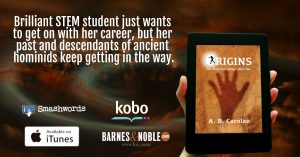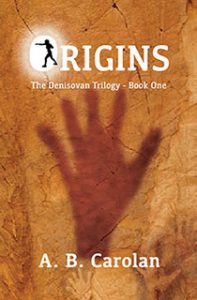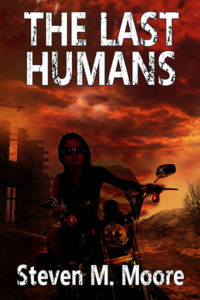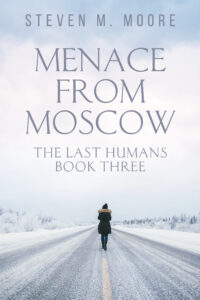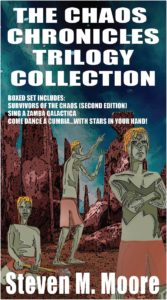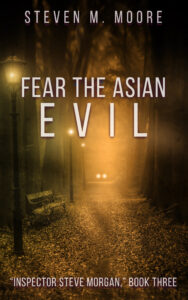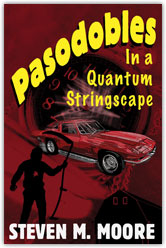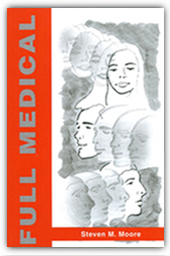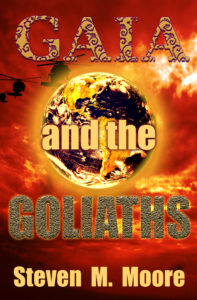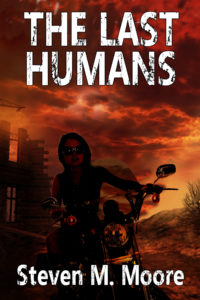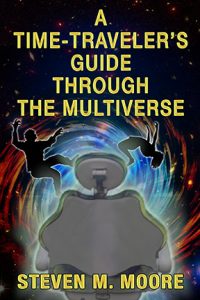Androids or AI?
Wednesday, March 19th, 2025If you’re a sci-fi fan, you’ll know Isaac Asimov’s answer to this question, although he might prefer the word “robots” to “androids.” In his “Robots Trilogy” (really part of the lengthy expansion of his Foundation series), he actually featured an eclectic mix, and I believe he actually called R. Daneel Olivaw an android. What he never considered as far as I know is AI (“Artificial Intelligence”).
Of course, androids and robots require artificial intelligence, sometimes not all that sophisticated, like when a robot does surgery or assembles cars. It doesn’t go the other way, though: AI doesn’t require robots or androids. HAL was just a lot of microchips and software programming (and could still be quite evil in 2001!).
Quality AI could be much more “useful” than robots or androids. Androids could satisfy human beings’ desires to have slaves (or willing sex partners?), but spending a lot of effort on copying the human body seems like a waste of time, especially because there are jobs where the human form isn’t too practical. (That surgical robot arm is an example where only a precise hand is required.)
AI can be a lot more useful because it can provide information and do it rapidly. Current AI is primitive in this sense—not much more than a super search engine that finds stuff and gloms it together (hopefully into something useful, but don’t count on it). In that sense, the AIs in my fictional starships that traverse the alternate realities of the multiverse are much more necessary than the androids and robots even though the human villains in Mind Games want to give then psi powers. Wouldn’t an AI with psi powers be more dangerous? (A bit of criticism never hurts, right, AB Carolan? [Wink, wink.])
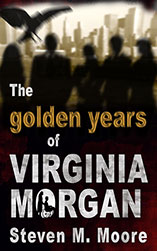 Given the era when Asimov wrote his famous robot novels, we couldn’t have expected him to even conjure up a HAL, let alone an AI with psi powers. With AI such a fad now, though, isn’t it time to create such a super-villain. TBD!
Given the era when Asimov wrote his famous robot novels, we couldn’t have expected him to even conjure up a HAL, let alone an AI with psi powers. With AI such a fad now, though, isn’t it time to create such a super-villain. TBD!
Even though I’m an ex-scientist who writes sci-fi sometimes, just like many others, I’m not that keen on using AI. Current AI is primitive, like I said, and it must be trained. What might make a good sci-fi character, though, is one that trains itself. In Heinlein’s The Moon is a Harsh Mistress, that scientist turned sci-fi author created such a character, not a villain like Arthur C. Clarke’s HAL 1.0 or like the one in my novel The Golden Years of Virginia Morgan.
Maybe it’s better to avoid that Frankenstein complex. What do you think?
***
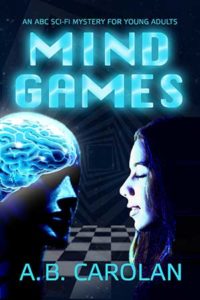 Comments are always welcome. (Please follow the rules on the “Join the Conversation” web page.)
Comments are always welcome. (Please follow the rules on the “Join the Conversation” web page.)
Mind Games. In AB Carolan’s third sci-fi mystery, Della Dos Toros finds her foster-father murdered and vows to avenge him. In her search for his killer, she discovers a vast conspiracy that could tear apart the government body of near-Earth worlds. Robots and androids with psi powers like Della’s? What could go wrong?
Around the world and to the stars! In libris libertas!
